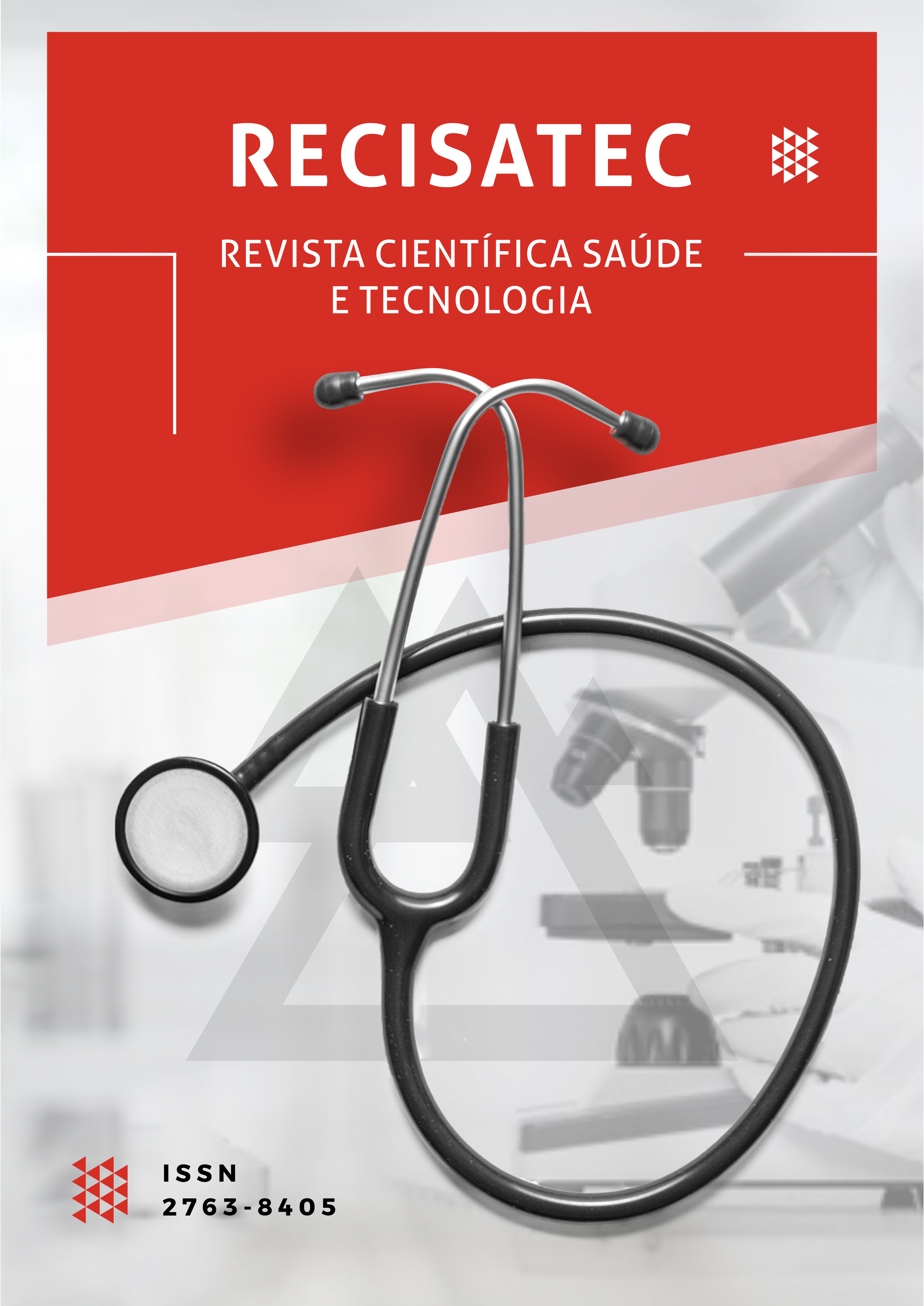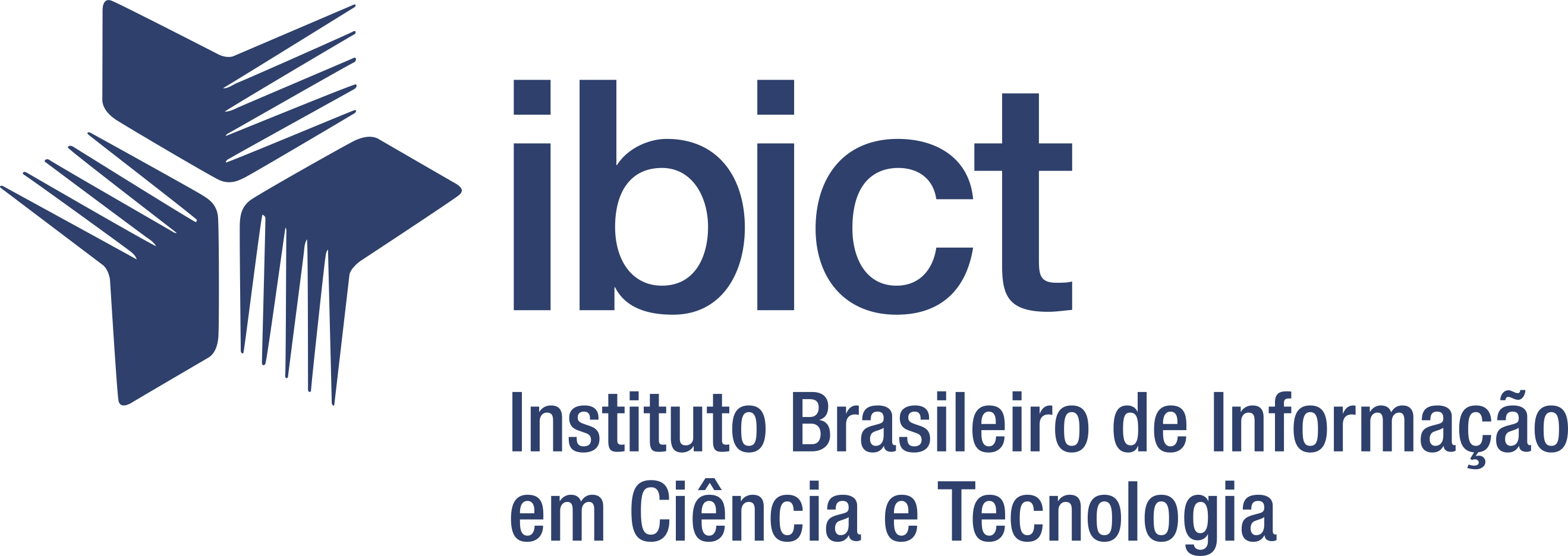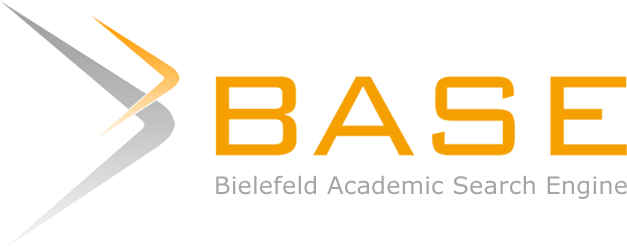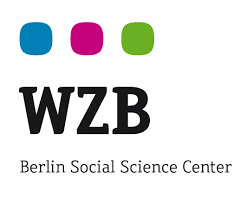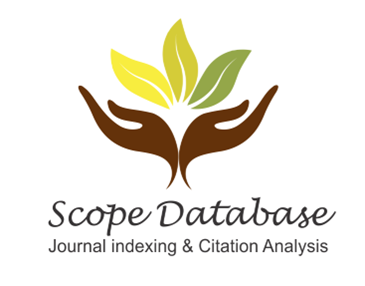PROCESS OF TAKING CARE OF OCCUPATIONAL THERAPY IN THE REHABILITATION AND ADAPTATION OF OCULAR PROSTHESIS IN CLIENT ASSISTED IN A SPECIALIZED CLINIC IN RIO DE JANEIRO
DOI:
https://doi.org/10.53612/recisatec.v1i1.5Keywords:
Ocular prosthesis; Occupational Therapy; Prosthetic rehabilitationAbstract
The loss of a facial element, such as the ocular bulb, is something that directly affects the life of the human being, regardless of his age, ethnicity and creed, whose consequences can follow both in the physical, social and emotional. Objective: to analyze the rehabilitation process, preparation, adaptation and placement of aesthetic eye prosthesis in a specialized clinic in Rio de Janeiro. Method: For the production of prostheses, pre-fabricated artificial scleras were used in acrylic resin, adapted to the anophthalmic cavity shape. Throughout the treatment, aesthetic, psychosocial and behavioral results were obtained, data were collected through semi-structured interviews and verbalizations based on Bardin’s content analysis. Results: within the verbalized feelings before the use of the prosthesis they reported the alteration of the self-image making it negative of itself, feeling ugly, monstrous and disfigured in an intensity far greater than the real image, depression, anger, shame, low self-esteem and anxiety after the use of the prosthesis, they experienced increased self-esteem, loss of shame, improvement of depression, because aesthetic ocular prosthesis, promoted correct facial growth, personal and interpersonal well-being, eliminating the trauma resulting from the apparent defect. The process involved several stages from the initial interview to the placement and guidance of care. Participants verbalized on the expansion of bond, autonomy and value of life. Conclusion: the ocular prosthesis favored the return to social and family life and the participants declared that the occupational therapy enabled improvement of their living.
Downloads
References
ADEOYE A.O, ONAKPOYA O.H.. Indication for eye removal in IleIfe, Nigeria. Afr J Med Med Sci. v.36, p:71–5. 2007
ANDRÉ, M E DALMAZO A de. Estudo de caso em pesquisa e avaliação educacional. Brasília: Liberlivros, 2005.
BARCELÓ, T. Focusing I y II: Escuchar el propio cuerpo. Proceso y técnica del enfoque corporal. Espanha: Instituto de Formación Ramon Serra, 2008
BARDIN L. Análise de Conteúdo. Lisboa: Edições 70.2011.
BERTONI, L.C. Ansiedade: como trabalhar esse sentimento. 4. ed. [RS]: Ednes,2004.
BEUMER III J, MARUNICK M.T, ESPOSITO S.J. Maxillofacial rehabilitation: prosthodontic and surgical management of cancer-related, acquired, and congenital defects of the head and neck. 3ed. Illinois: Quintessence-Hanover.2011
BOTELHO, N., MOURA, A. E., VOLPINI, M. Aspectos psicológicos em usuário de prótese ocular. Arquivo Brasileiro de Oftalmologia, São Paulo, v. 66, n. 5, p. 637-646. 2003 DOI: https://doi.org/10.1590/S0004-27492003000500018
CARDOSO, M.S.O. Avaliação das dimensões biopsicossociais de pacientes fissurados labiopalatais. Tese (Doutorado). Faculdade de Odontologia, Universidade de Pernambuco. Camaragibe, 2002.
CARDOSO, M.S.O. et al. Importância da reabilitação protética nasal: relato de caso. Rev. Cir. Traumatol.Buco-Maxilo v.6, n 1, p.43-46, 2006
COAS VR; NEVES ACC; RODE SM.. Evolution of the etiologgy of ocular globe atrophy or loss. Braz Dent J. v.16, n.3, p.243-6. 2005. DOI: https://doi.org/10.1590/S0103-64402005000300013
DOSHI, P. J; ARUNA, B. Prosthetic management of patient with ocular defect. J. Indian Prosthodont. Soc. v.5, n.1, p. 37-38, 2005 DOI: https://doi.org/10.4103/0972-4052.16340
ERPF, S. F., DIETZ, V. H., WIRTZ, M. S. Ophtalmoprosthesis, U. S. Army, World War 11. MiI. Surg., v.101,p..405-8, 1947 DOI: https://doi.org/10.1093/milmed/101.5.405
FONSECA E.P. Prótese Ocular. São Paulo: Panamed. 1987.
FREIRE, L.C. Psicodrama como terapia para mutilados faciais. Rev. Bras. Psicolog., v. 2, n. 3, p 86-92. 2007
GERALDINI, C.A.A, COTO, N.P, DIAS, R.B. Confecção de prótese ocular OCA: nova proposta. Odontol. Clín. vol.9, n.1, p. 45-48 .2010.
GOES APM, BACELLAR CLJ, NEVES ACC. Prótese ocular individualizada. XI Encontro Latino Americano de Iniciação Científica e VII Encontro Latino Americano de Pós-Graduação – Universidade do Vale do Paraíba, 2007.
GOIATO, M. C.; FERNANDES, U. A. R.; LAZARI, J. A. B. Próteses oculares para paciente anoftálmico bilateral. Arg. Odontol., v. 37, n. 1, p. 69-75, 2001
KAUR A, et al. simplified approach to fabrication of an ocular prosthesis: A case series. Indian J Dent Res v.21, p.615-7.2010. DOI: https://doi.org/10.4103/0970-9290.74236
LINBERG J.V, TILLMAN W.T, ALLARA R.D. Recovery after loss of an eye. Ophthal Plast Reconstr Surg. v4, p.135–8. 1988. DOI: https://doi.org/10.1097/00002341-198804030-00002
MARTINS G. A. Estudo de caso: uma estratégia de pesquisa. 2 ed. São Paulo: Atlas.2008. DOI: https://doi.org/10.11606/rco.v2i2.34702
NICODEMO D, FERREIRA L.M. Formulário do perfil psicossocial do paciente anoftálmico com indicação de prótese ocular. Arq Bras Oftalmol. v.69., n.4, p.:463-70.2006 DOI: https://doi.org/10.1590/S0004-27492006000400002
OLIVEIRA EK, et al. A prótese ocular. Rev. Fac. Odontol. Pelotas. v.3, p.5, p.91-118.1960
REZENDE J.R.V. Fundamentos da prótese buco-maxilo-facial. São Paulo: Santos. 1997.
RUMSEY N, HARCOURT D. Body image and disfigurement: issues and interventions. Body Image. V.1, n.1:p.83-97.2004 DOI: https://doi.org/10.1016/S1740-1445(03)00005-6
SILVEIRA M.S DA, GOMES, C.M.A. (2014). Avaliação do desenvolvimento experiencial de pacientes com prótese ocular: a focalização no atendimento clínico. Psic. Clin., Rio de Janeiro, vol. 26, n.1, p. 181-196. 2014. DOI: https://doi.org/10.1590/S0103-56652014000100012
VISCOTT, D. A linguagem dos sentimentos. 7. ed.São Paulo: Summus, 2006.
YIN, R.K. Estudo de caso: planejamento e métodos. 3. ed. Porto Alegre: Bookman, 2005
Downloads
Published
How to Cite
Issue
Section
License
Os direitos autorais dos artigos/resenhas/TCCs publicados pertecem à revista RECISATEC, e seguem o padrão Creative Commons (CC BY 4.0), permitindo a cópia ou reprodução, desde que cite a fonte e respeite os direitos dos autores e contenham menção aos mesmos nos créditos. Toda e qualquer obra publicada na revista, seu conteúdo é de responsabilidade dos autores, cabendo a RECISATEC apenas ser o veículo de divulgação, seguindo os padrões nacionais e internacionais de publicação.

